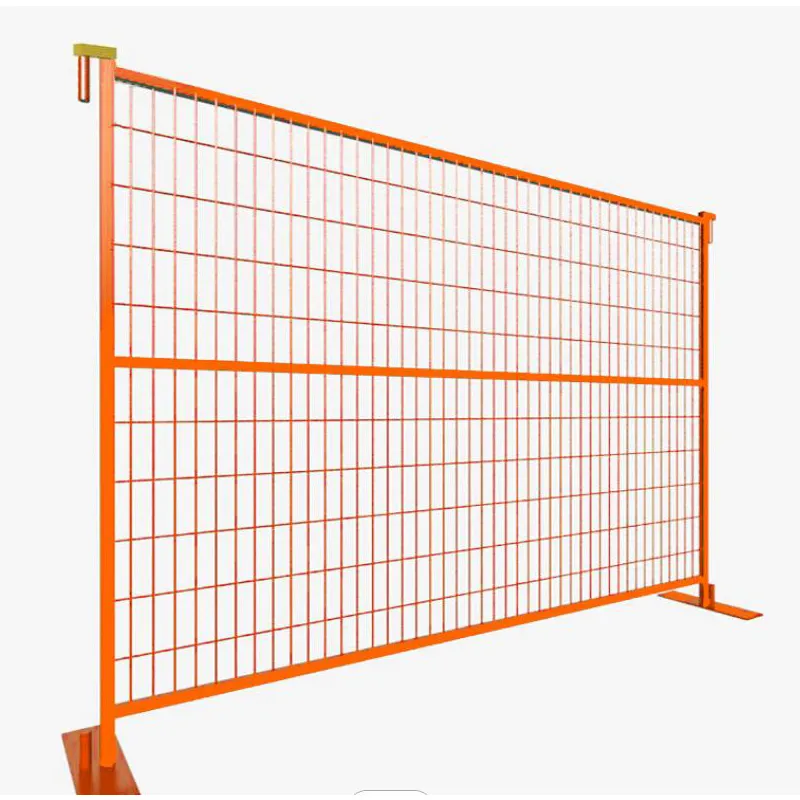
- Afrikaans
- Albanian
- Arabic
- Armenian
- Azerbaijani
- Basque
- Belarusian
- Bengali
- Bosnian
- Bulgarian
- Croatian
- Czech
- Danish
- Dutch
- English
- Esperanto
- Estonian
- Finnish
- French
- Galician
- Georgian
- German
- Greek
- hawaiian
- Hindi
- Hungarian
- Indonesian
- irish
- Italian
- Lao
- Latvian
- Lithuanian
- Luxembourgish
- Macedonian
- Maltese
- Myanmar
- Norwegian
- Polish
- Portuguese
- Romanian
- Russian
- Serbian
- Slovak
- Somali
- Spanish
- Swedish
- Thai
- Turkish
- Turkmen
- Vietnamese
Dhj . 11, 2024 11:54 Back to list
gabions example
The Versatility and Benefits of Gabions A Practical Example
Gabions, which are essentially wire mesh cages filled with rocks or other materials, have been used for centuries in various applications, including civil engineering, landscaping, and environmental protection. Their modular design and inherent strength make them a practical choice for a wide range of projects. To illustrate their versatility, let's delve into a practical example of gabions in use a riverbank stabilization project.
Context The Need for Riverbank Stabilization
In many regions, riverbanks suffer from erosion due to natural forces like water flow and human activities like deforestation. This erosion can lead to significant land loss, destabilization of infrastructure, and detrimental effects on local ecosystems. To address these issues, engineers and environmentalists often turn to gabions as a solution. The use of gabions for riverbank stabilization not only preserves the integrity of the land but also enhances the surrounding environment.
The Project Implementing Gabions for Riverbank Protection
In a hypothetical project aimed at stabilizing a section of a riverbank in a rural community, the first step involves assessing the extent of erosion and the specific requirements for restoration. Local conditions such as soil type, water flow speed, and vegetation all play a role in designing an effective gabion solution.
1. Design and Material Selection The design team decides on using double-twisted hexagonal wire mesh for the gabions to ensure durability and flexibility. Rocks sourced from the local area are selected to fill the cages since they not only blend well with the natural environment but also reduce transportation costs.
2. Construction Process The construction process begins with the preparation of the site. Existing vegetation is assessed, and any invasive species are removed. Next, the riverbank is reinforced with a series of gabion baskets placed strategically along the bank. The cages are filled with rocks in a manner that allows for drainage while ensuring structural integrity.
3. Enhancing the Environment In addition to the gabions, native plants are introduced to the area to further stabilize the soil and enhance biodiversity. The roots of these plants will intertwine with the rocks in the gabions, providing additional support and creating a more resilient habitat for local wildlife.
gabions example

The Benefits of Gabion Use
The decision to use gabions for this riverbank stabilization project presents several key benefits
- Cost-Effectiveness Gabions typically require less investment than traditional concrete walls. This is especially advantageous for rural communities with limited budgets for infrastructure projects.
- Environmental Sustainability Gabions are made from natural materials, which minimizes the environmental impact. As the project incorporates native vegetation, the overall ecosystem is enhanced, supporting local wildlife and promoting biodiversity.
- Flexibility and Adaptability Gabions can be adjusted to various shapes and sizes, making them suitable for different terrains and conditions. They can also adapt over time as the river’s flow and surrounding landscape change.
- Aesthetics Unlike rigid concrete structures, gabions can blend seamlessly into the natural environment. The use of local stones ensures that the finished project appears more organic and visually pleasing.
Conclusion A Step Towards Sustainable Practices
The use of gabions in riverbank stabilization serves as an excellent example of how traditional materials can be employed in modern engineering to promote sustainability. By providing a cost-effective, environmentally friendly solution, gabions not only protect vital ecosystems but also enhance the resilience of communities facing the challenges of erosion and land loss. As the demand for innovative infrastructure solutions continues to rise, gabions will undoubtedly play a pivotal role in the future of sustainable development. This practical example highlights not just their utility but also their potential to foster a balance between human needs and nature’s preservation.
-
Razor Wire For Sale - Buy High-Security Concertina Wire
NewsAug.30,2025
-
Shop Galvanized Horse Panels for Sale | Durable & Secure Fencing
NewsAug.29,2025
-
Wholesale T Posts: Bulk Metal & Steel T Posts for Sale
NewsAug.28,2025
-
Comprehensive Guide to Wire Mesh Solutions: Security, Durability, and Customization
NewsAug.24,2025
-
Comprehensive Guide to Welded Fencing Solutions: Durability, Security, and Style
NewsAug.24,2025
-
Comprehensive Guide to Livestock Fence Panels: Safety and Efficiency for Your Animals
NewsAug.24,2025









